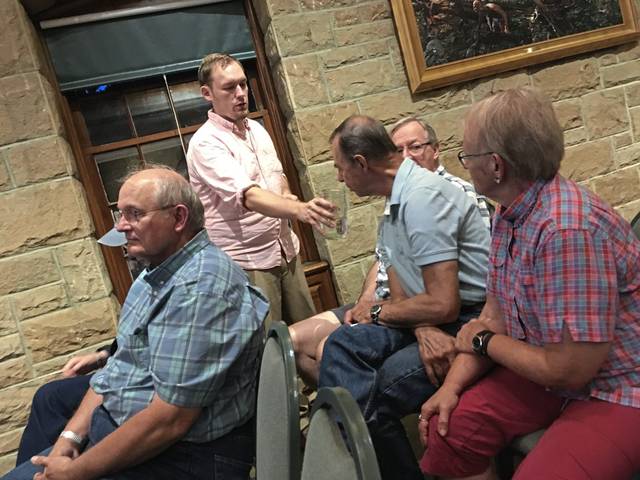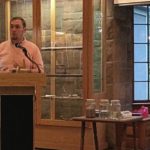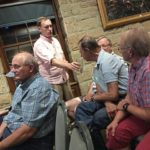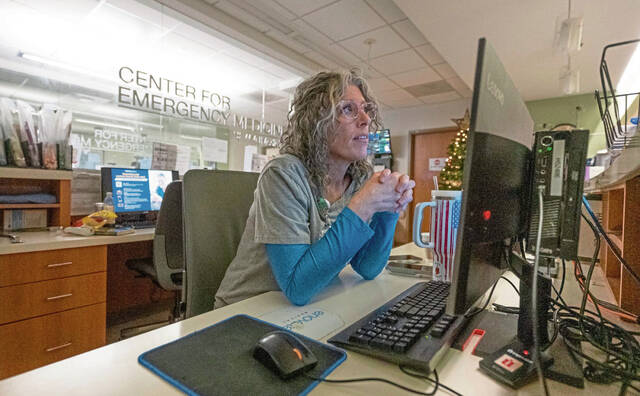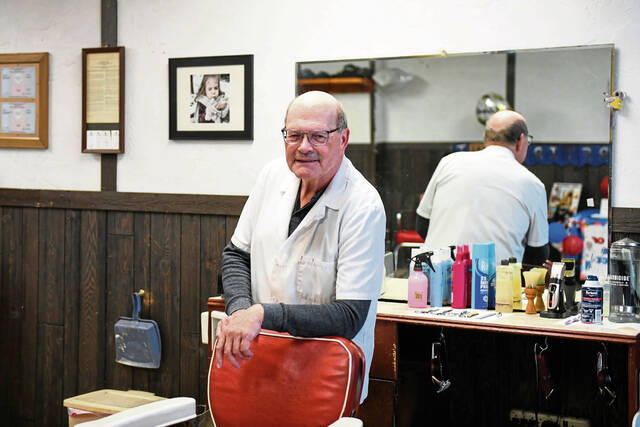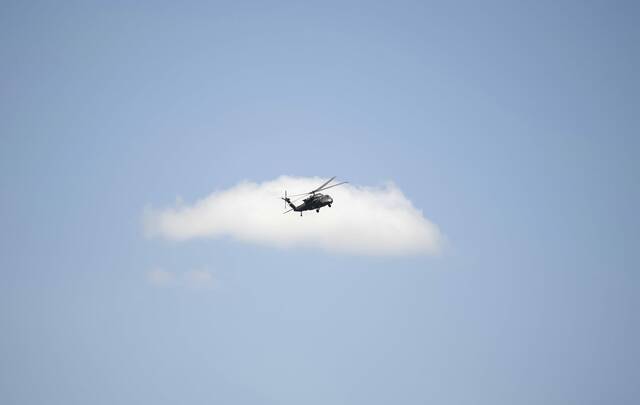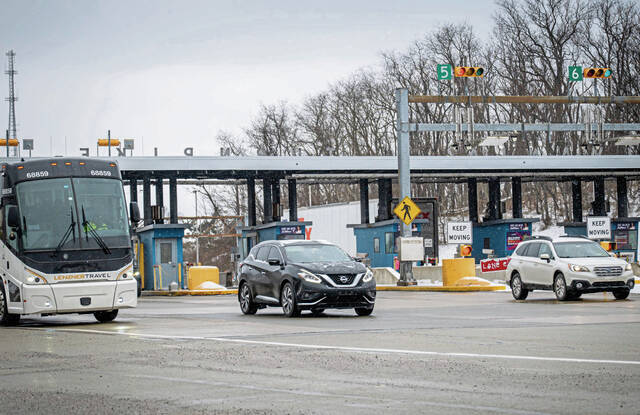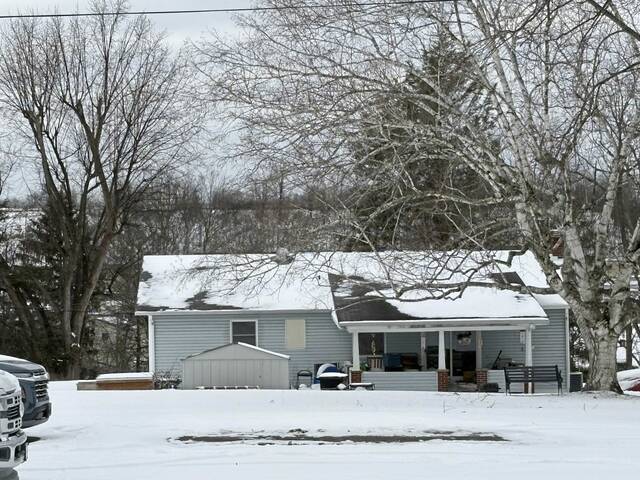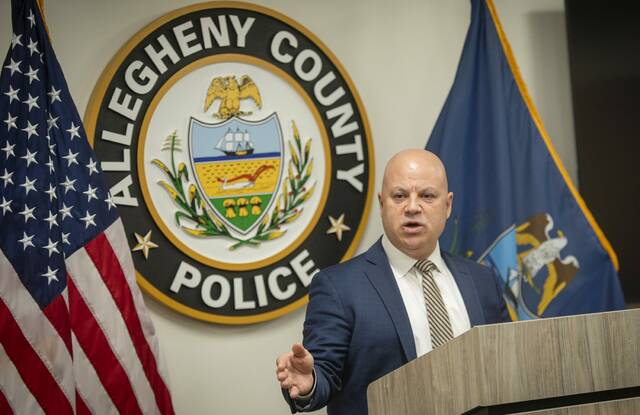Aaron Hollis delivers the bad news first while discussing “Distilling Whiskey” during a program at Bushy Run Battlefield on Sept. 18.
“I don’t have any samples,” he says, as the audience jokingly groans.
Hollis, manager of learning and guest experience at West Overton Village in East Huntington, spoke as part of the Bushy Run Battlefield Historical Society’s “History Speaks Series.”
He shares that West Overton, which holds an important place in Western Pennsylvania’s rye whiskey distillation history, is in the process of reviving that production.
“I’m here on my soapbox to tell you that the Whiskey Rebellion is not the end of whiskey distilling in Western Pennsylvania,” Hollis says.
“There seems to be this idea that after the rebellion ended, the distillers in this part of the state ran with their tails between their legs to Kentucky and started making bourbon, and that’s just not the case,” he says.
The Penn Township museum is the site where British and colonial troops defeated a force of Native Americans at the Battle of Bushy Run in August 1763.
Thirty years later, Western Pennsylvania farmers and distillers rebelled against an unpopular federal tax on their cash product — whiskey. West Overton village dates back to the 18th century, and the Whiskey Rebellion was a beginning of sorts for Mennonite farmer Henry Overholt and his descendants, who founded the site in 1800.
“In this era, whiskey is a very important economic commodity for trading and bargaining for other things that they needed. It’s pure, it’s clean, and it has a high alcohol content,” Hollis says.
Those qualities make whiskey good for uses beyond consumption, including sanitation and fruit preservation, among the reasons it was important to Mennonites, he adds.
From field to glass
The “tillers” became “distillers,” as a village grew around a whiskey distillery that industrialized during the 1800s. It is so successful a “sister distillery” is established in nearby Broadford.
Other distilleries also establish in the region, including those of Samuel Dillinger, John Large, John Gibson, Philip Hamburger and Sam Thompson.
“The John Gibson distillery … at one time was between Monessen and Belle Vernon. In the 1880s, the Gibson distillery was the largest rye whiskey distillery in the world. In the world, people. It was huge,” Hollis says.
“Then Prohibition comes along, and some women in the Women’s Temperance Christian Union tore down the distillery and used the bricks to build a church,” he says.
The next generation turns away from West Overton, more interested in the Broadford distillery and investing in Scottdale businesses. “It all but closes,” he says of the original distillery.
A short-lived revival, including a $500,000 infrastructure investment, takes place in 1906, even as Prohibition gains momentum. There are a dozen distilleries in Westmoreland County alone at the time. A strong rye market, family heritage as a marketing tactic, and competition with Kentucky rye distilleries are among the reasons they persevere, Hollis says.
Prohibition comes along in 1920, Hollis notes, and whiskey distilling throughout the region comes to a stop.
“The (West Overton) distillery closes around 1919-20, never to reopen again. So we thought,” he says.
In 1922, Overholt descendant Helen Clay Frick purchases West Overton and turns the property into a museum.
And what is old is new again.
“We are now distilling at West Overton again, for the very first time since Prohibition,” Hollis says. “Our operation is quite small. The goal of our distillery is to be educational.”
His props include a jar of rye from which the local whiskey is made, a Brix refractometer, used to measure sugar content, and a jar of low wine — alcohol produced from a first distilling — which he passes around for visitors to sniff.
Finally, Hollis delivers the good news. “We hope to bottle whiskey by the end of the year at West Overton,” he says.




